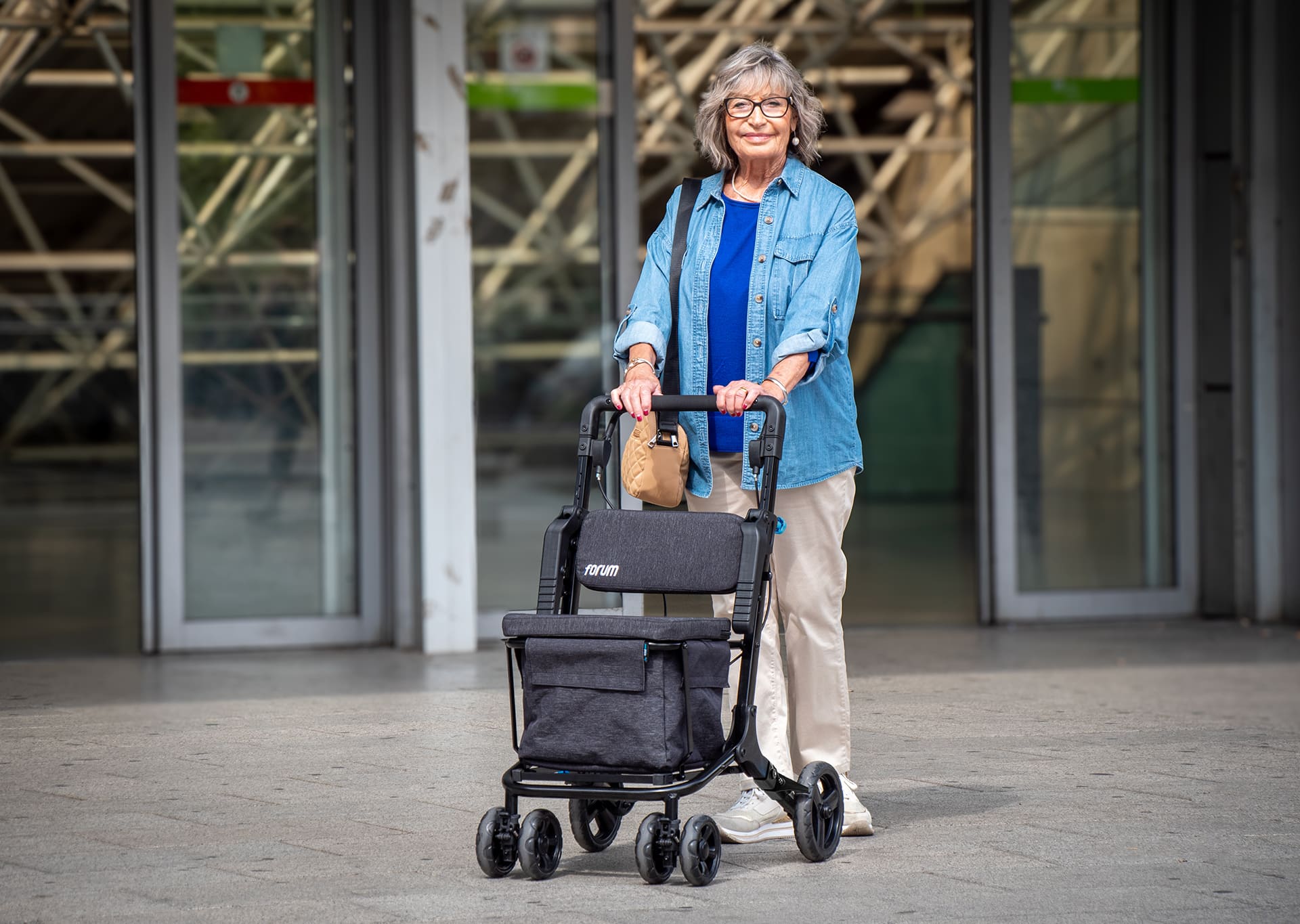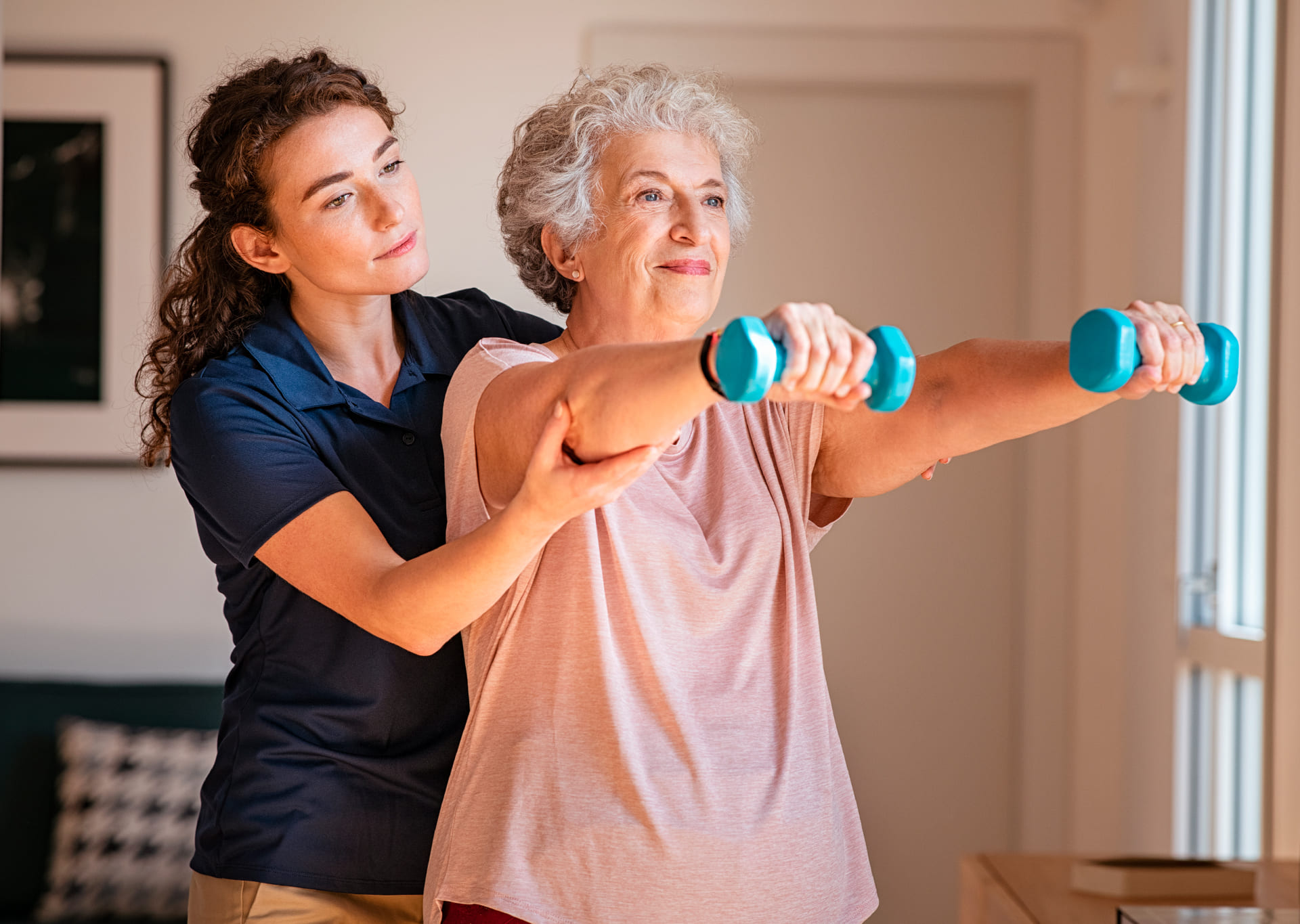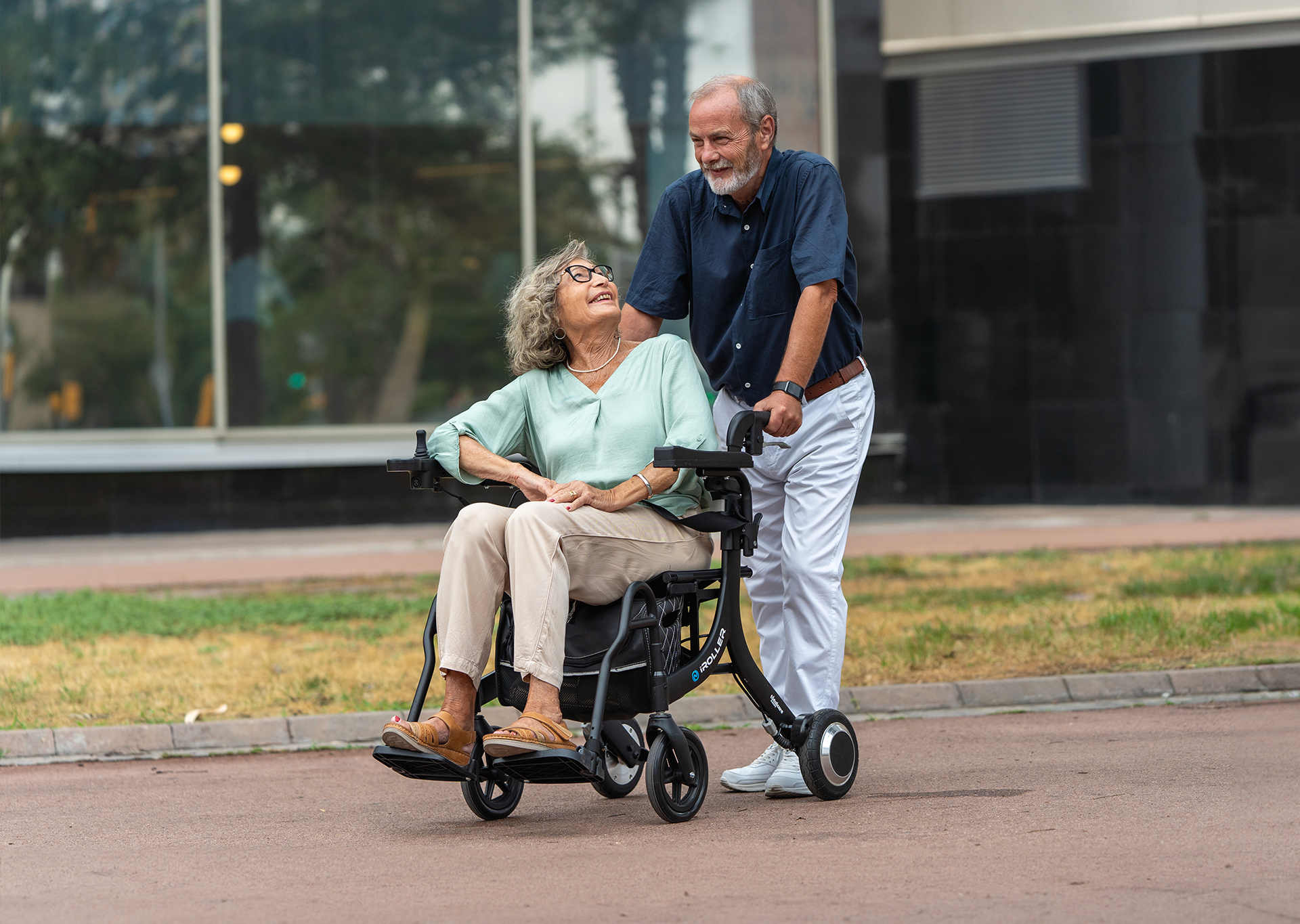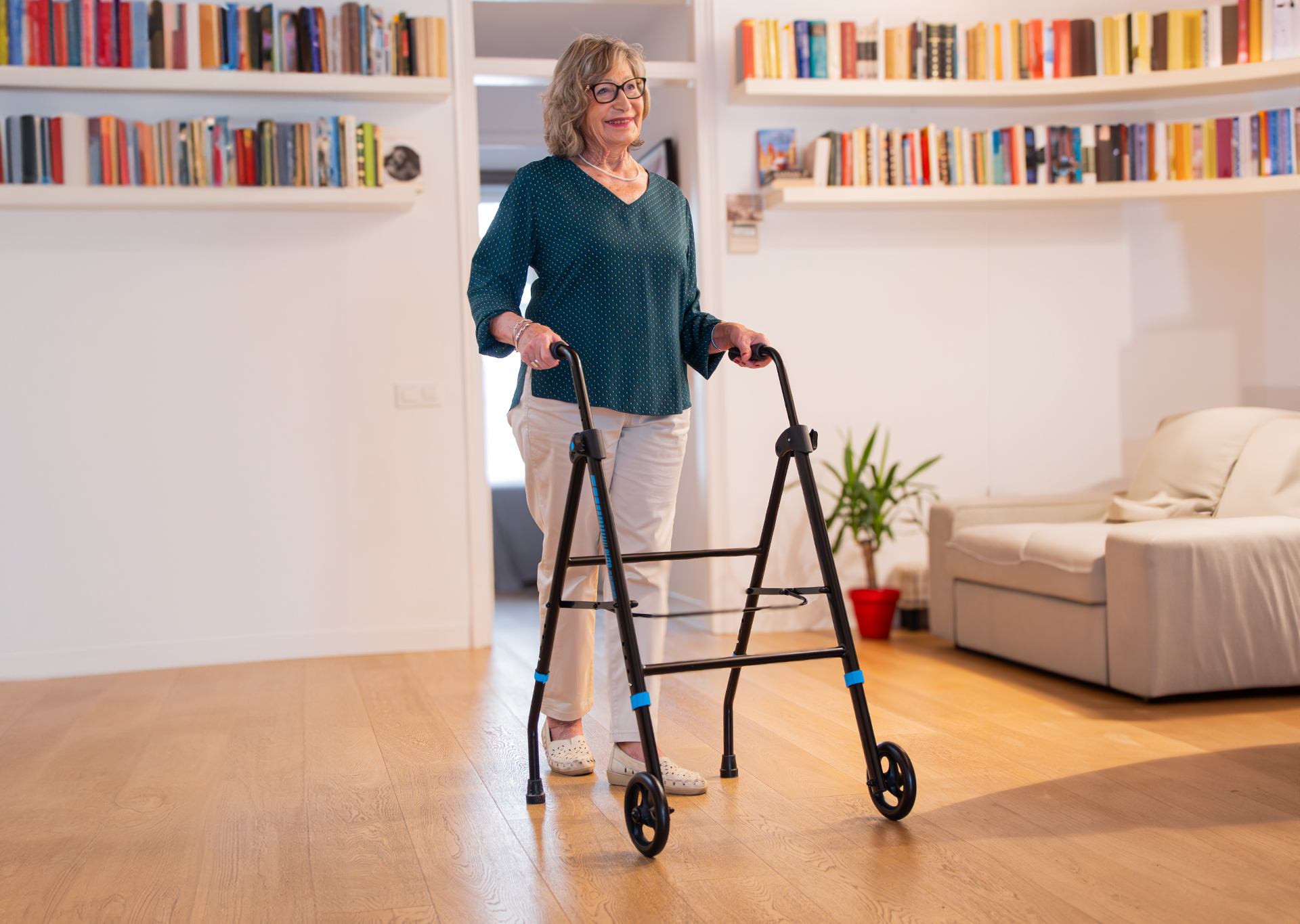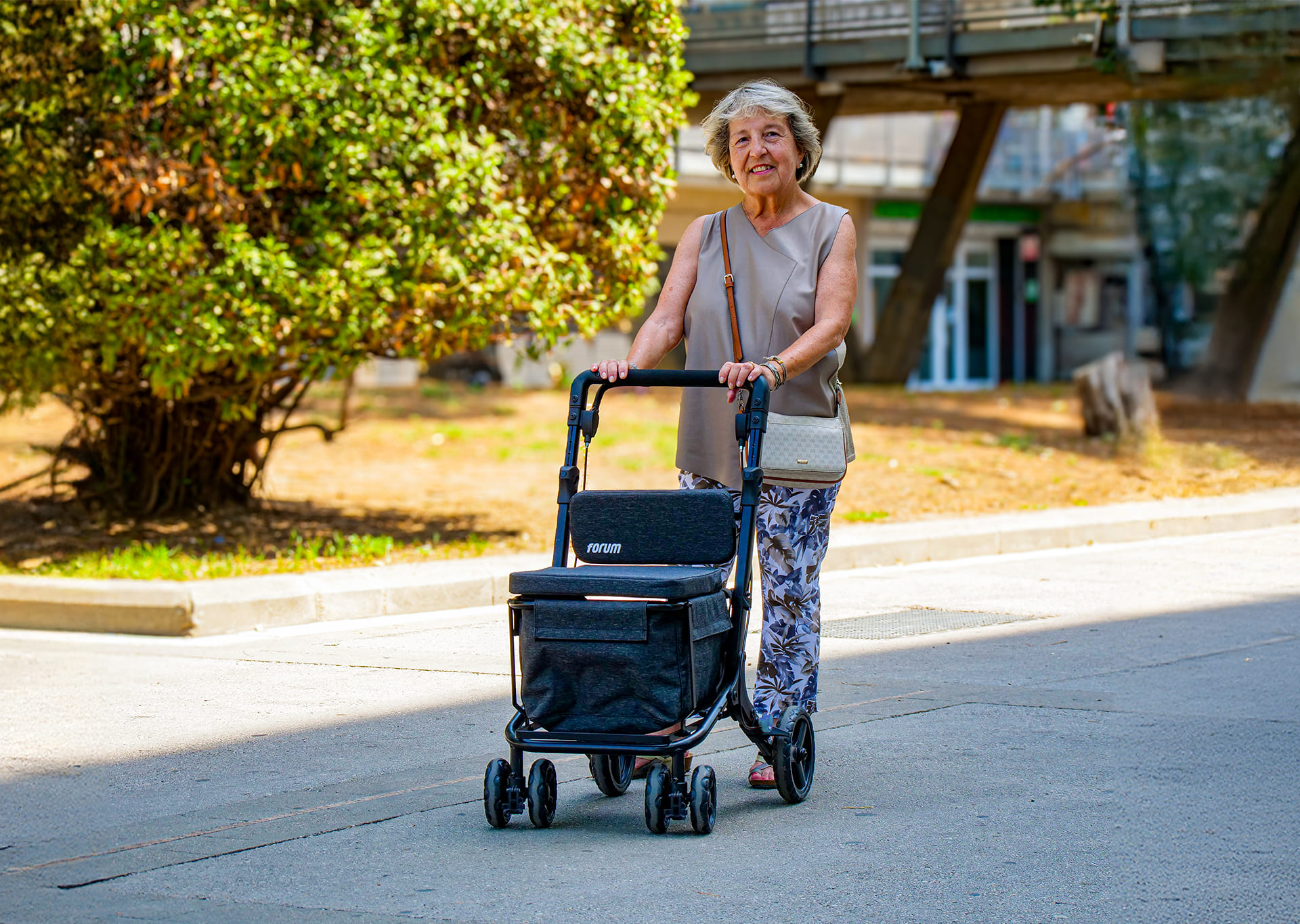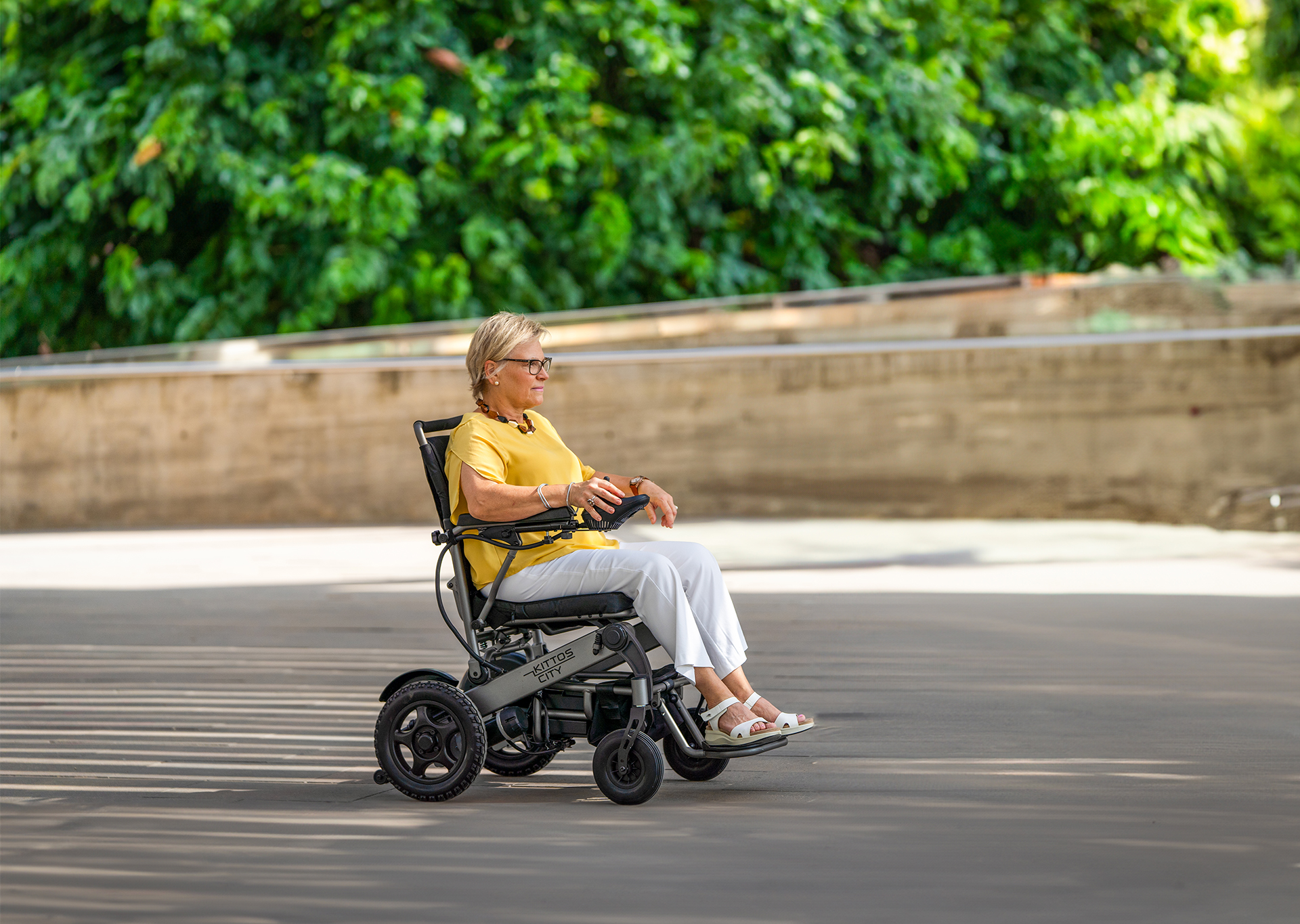Hobbies and well-being: Start the year active
After the intensity and fast pace of the holidays, many people feel the need to return to more leisurely and enriching habits. This transitional period is ideal for introducing hobbies and pastimes into the daily routine, or even exploring new activities that bring personal satisfaction and mental and physical health benefits.
New Year’s Resolutions: Wellbeing and health
With the start of a new year, many people feel motivated to set goals that contribute to improving their quality of life. This time of reflection and renewal is especially significant for older people, who can set goals that positively impact their physical, mental and social wellbeing. Designing realistic and achievable
Winter care: the impact of weather on health
Winter can be a particularly challenging time for health, especially for people with reduced mobility or health conditions that make them more vulnerable. Low temperatures significantly affect our circulation, breathing and general well-being, and can exacerbate heart, respiratory or joint problems. For older people, cold poses additional risks due to a reduced
Inclusive Christmas activities for seniors
The Christmas holidays are a special time to share with loved ones, and for many seniors, especially those with limited mobility, taking part in the celebrations can be a challenge. However, with proper planning and inclusive activities, you can ensure that everyone enjoys the magic of Christmas to the fullest, regardless
Gifts for people with reduced mobility
Christmas is a special time to express affection for our loved ones, and choosing the right gift for older people with reduced mobility can make a big difference to their daily lives. Thinking of useful and meaningful gifts that contribute to their well-being and autonomy is a wonderful way to show
Mobility in public spaces: challenges and solutions
Mobility in public spaces is an essential aspect to ensure inclusion and quality of life for all people, especially those with reduced mobility. However, architectural barriers such as stairs, sidewalks without ramps, narrow doors and lack of adapted accesses represent significant challenges that limit the ability to move safely and independently,






